Content
Cinderella melon is recommended for growing in temperate climates. Reviews of the Cinderella melon correspond to the characteristics stated by the copyright holder. The early ripening variety has proven itself well in Siberia and Central Russia.
Description of melon Cinderella
The Cinderella melon variety is an early ripening variety; the fruits ripen within 2.5 months from the moment the seeds are sown. They are grown in open ground in the South and in greenhouses in temperate climates. The variety belongs to the dessert variety. The fruits are consumed fresh; jam, juice, melon honey, and candied fruits are made. The culture is high-yielding, produces male and female flowers, and is not self-fertile.
Description of the melon variety Cinderella:
- the plant forms a long (up to 2 meters) creeping rounded-faceted stem, produces a large number of shoots, female flowers are formed on shoots of the 2nd and 3rd order;
- the leaves are large, together with tendrils grow from nodal formations, the edges are jagged, the surface is corrugated with fine hair, well-defined light veins on a dark green background;
- the flowers are large, bright yellow, bisexual;
- round melon weighing up to 2 kg, 20 cm in diameter, smooth surface without ribbing;
- the peel is thin, bright yellow, at the stage of technical ripeness there is a small green pigment near the stalk, without a pattern with a dense beige mesh;
- the pulp is creamy, juicy, crispy, there is a light green stripe near the peel;
- fruits with a pronounced aroma, not very sweet, sugar content up to 8.5%;
- The seeds are beige in color and located in a closed placenta.
Cinderella melon cannot be stored for a long time. To increase the period, the fruits are picked at the stage of technical ripeness; in this state they lie for up to 2 weeks, during which time they fully ripen.
Pros and cons of the Cinderella melon variety
The Cinderella variety is not afraid of changes in night and day temperatures. Vegetation does not stop at +18 ºC. Gives a stable harvest. Can be grown in trellises, like liana-like plants. And also the advantages of the variety include:
- high gastronomic quality of fruits;
- fast ripening;
- ease of care;
- drought resistance;
- resistance to many types of fungal and bacterial infections;
- possibility of growing in open ground and in protected areas;
- suitable for cultivation in temperate climates;
- the harvest harvested at the stage of technical ripeness ripens well without losing taste and aroma;
- the fruits do not crack;
- used for home preparations, does not lose active substances in the composition after freezing;
- thin, elastic peel.
The disadvantage of the Cinderella variety is its short shelf life. The melon does not tolerate transportation well, a dark spot forms at the site of the impact, and the fruit begins to rot. Pollinators are necessary for the formation of ovaries; bees mainly perform this function. The crop does not tolerate waterlogging.Does not provide adequate planting material.
Growing melon Cinderella
The crop is grown by seedlings; seeds are sown in late April or early May. Planting to a permanent growth site is carried out in early June, when there is no threat of return spring frosts, and the soil has warmed up to at least +18 0C. Place the seedlings in the greenhouse 30 days after planting the seeds. Therefore, sowing dates are oriented towards the weather conditions of the region.
Preparing seedlings
Before sowing, melon seeds are soaked for 6 hours in a 5% manganese solution. Then dry and put in the refrigerator for 4 hours to harden. The seeds are laid out on a damp cloth, covered with a cloth on top, and moistened. Make sure that the seeds are in a moist environment. After 3 days, sprouts appear, at which time they are planted in the ground.
Prepare a nutritious soil mixture of peat, turf soil and organic matter in equal parts, add wood ash. The optimal containers for seedlings are peat cups. To prevent the plant from getting sick after transplantation, it is planted in a permanent place of growth along with a peat container. You can use plastic containers with high sides.
Sequence of work:
- Pour the soil mixture into the container.
- Make 2 cm indentations and place seeds.
- Water generously and cover with film on top.
- Place in a room with good lighting and a constant air temperature of at least 27 0C.
After the emergence of seedlings, the film is removed, the seedlings are placed in a sunny place, make sure that the top layer of soil does not dry out, and water periodically.After the formation of 5 leaves, the planting material is planted on the site.
Selection and preparation of a landing site
The site for melons is determined in an open space on the south side. Melon is a light-loving plant, so in a shaded area the harvest will be poor. If the melon is grown in a greenhouse, it is necessary to take care of additional lighting. It is not recommended to plant a plant for more than 2 years in one place; crop rotation must be observed. The Cinderella variety grows well in the area after legumes and nightshade crops.
The composition of the soil should be neutral, suitable soils are sandy loam, chernozem, sandy. The site is prepared in the fall, high acidity is neutralized with dolomite flour. They add compost, dig it up, and remove the roots of weeds.
Landing rules
Cinderella melon seedlings are planted in central Russia in late May - early June. Pre-dig up the area. Holes or furrows are made, and organic matter and wood ash are placed at the bottom. Place the plant vertically along with peat cups; if the planting material is in a plastic container, first fill it with water and carefully remove the seedlings so as not to damage the root. Planting holes are dug 15 cm deep and 20 cm wide. The distance between plants is 0.6 m. The row spacing is 70 cm. The Cinderella melon can be planted in a checkerboard pattern or in one line. The planting material is deepened so that 3 leaves remain on the surface.
Watering and fertilizing
Watering the Cinderella melon in greenhouse conditions is regulated so that the top layer of soil does not dry out. Approximately water 2 times every 10 days. The first feeding is carried out a week after planting on the site, ammonium nitrate is added.After 3 weeks, fertilize the Cinderella melon with superphosphate, and after 14 days with potassium fertilizers. Wood ash is periodically added to the root in unlimited quantities. At the time of fruit formation, the plant is fed with nitrogen-containing products.
Formation
The Cinderella variety needs to shape the bush so that the fruits get more nutrients. A special feature of melon is the non-simultaneous appearance of bisexual flowers. Male flowers are formed on the primary shoots, female flowers on the secondary and third shoots. After the ovaries appear, no more than 5 fruits are left on the bush. Excess shoots are cut off, the top is broken near the fifth leaf from the fruit, and excess flowers and leaves are removed.
Harvesting
Cinderella melon can be harvested after full ripening or at the stage of technical ripeness. Fully ripened fruits are distinguished by a bright yellow color without a green fragment near the stalk, the top becomes soft, and there is a melon aroma. Ripe fruits do not last long. If storage is necessary, unripe melons are removed, placed for 1.5 weeks in a dark place with good ventilation; after ripening, the melon does not differ in taste and appearance from a fully ripened one in the garden.
Diseases and pests
The Cinderella variety is adapted for cultivation in regions with short, often cold summers, and has stable immunity to most diseases characteristic of the crop. Melon is cultivated in greenhouses or greenhouses; pests parasitize the variety extremely rarely.
When the humidity is high and the temperature is not high enough, the Cinderella melon suffers from a fungal infection - powdery mildew. The disease manifests itself as gray spots on the stem and leaves; over time, the affected areas darken and dry out.To eliminate the infection, the problematic fragments are removed and the bushes are treated with a solution of colloidal sulfur.
Conclusion
The characteristics of the variety and gardeners' reviews of the Cinderella melon completely coincide. The variety is early ripening and produces a stable harvest. It practically does not get sick and is not affected by pests. Manages to fully ripen in the short summer of the Moscow region. The fruits are universally used, have good taste, aroma, and presentation. The plant is unpretentious in care.
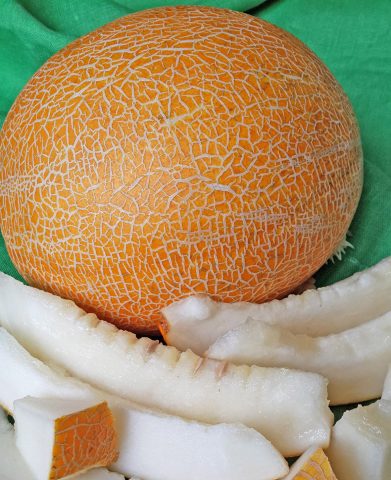
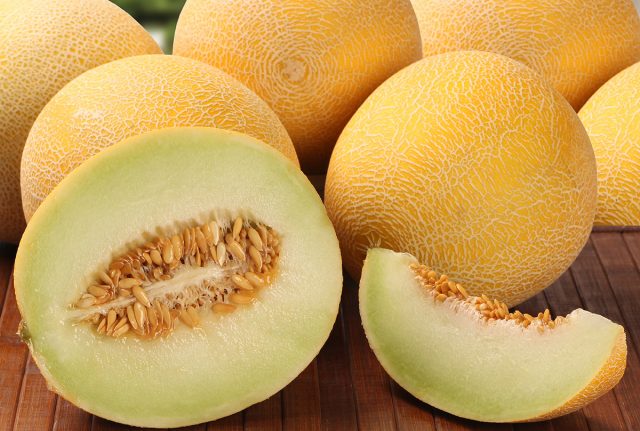
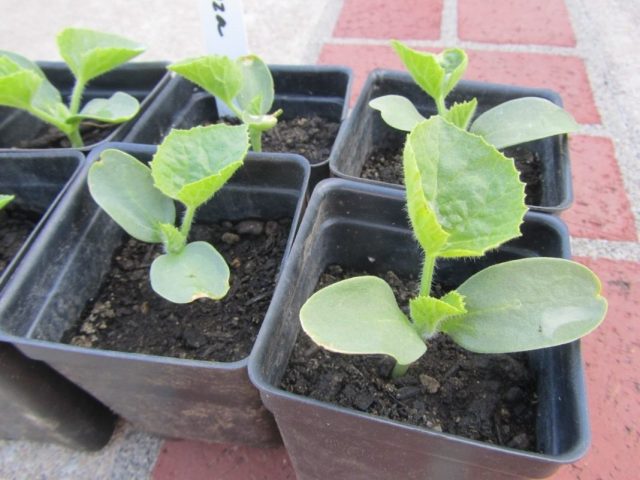
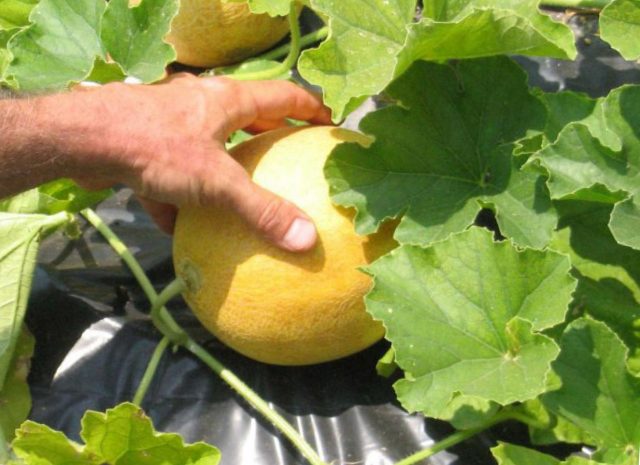
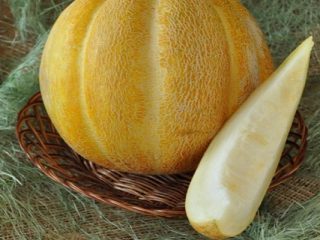
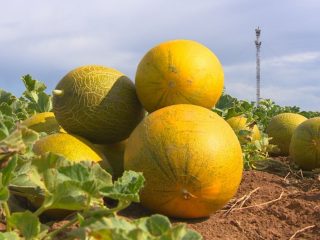
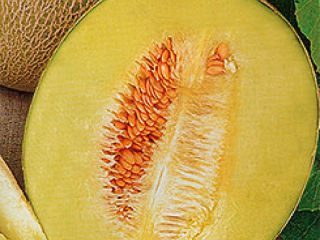
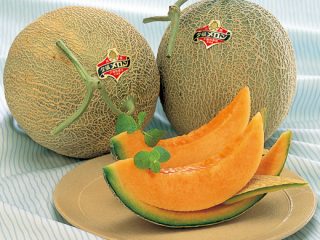
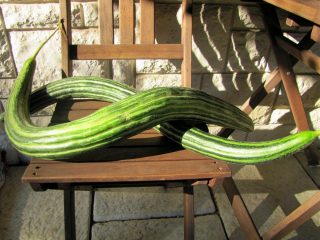
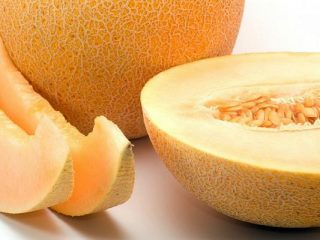
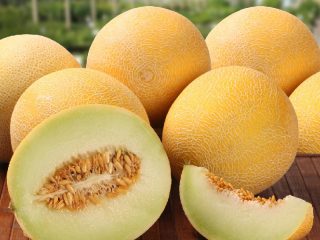

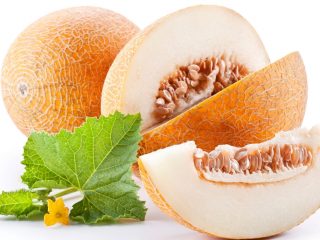
how to properly plant melon variety Passport 1 in the North Caucasus
Good afternoon
All the features of growing melon Passport are described in the article
https://mygarden-en.desigusxpro.com/sad-i-ogorod/ovoshhi/dynya-pasport-f1.html
Residents of the North Caucasus can grow melon using a seedless method.